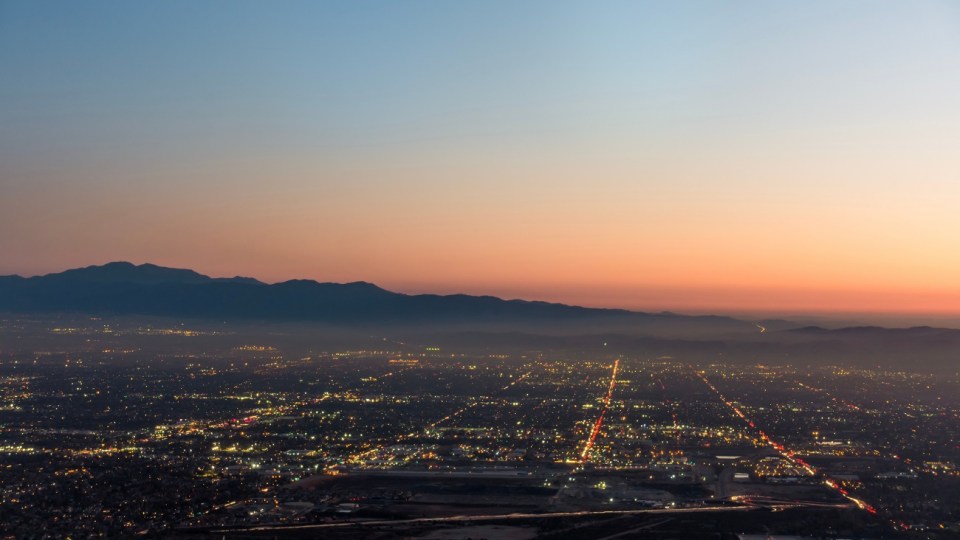American Cities with Most Suburban Coworking Spaces
When you think of a coworking space, you probably think of several floors of a glass-and-steel skyscraper in the heart of a city’s downtown. However, considering the remote workers who would rather not spend hours of their day commuting in the age of remote work, shared office spaces have since popped up in all areas of American cities — and the suburbs are no exception.
Accordingly, our sister site CoworkingCafe set out to evaluate the extent to which coworking offices had entered the suburbs, as well as the cities that claimed the most suburban coworking space. Essentially, the study found that nearly half of all coworking spaces in the U.S. were situated in suburban areas, while metro Los Angeles featured the largest concentration of such shared offices in non-central areas.
To that end — and with as many as 91 spaces situated in the suburban city of Irvine, Calif., alone — Los Angeles boasted the most suburban coworking spaces by far with 361 across all of its areas outside the urban core. After Irvine, California’s Newport Beach and Pasadena were the next most popular destinations for coworking spaces in the outer areas of the LA metro, with 25 and 16 coworking offices, respectively.
Notably, the study also identified the importance of industries that could benefit from the flexibility offered by coworking — such as entertainment, tech and aerospace — as one of the deciding factors in LA’s concentration of suburban spaces. Other LA suburbs with more than 10 coworking spaces each were Long Beach, Beverly Hills, Santa Monica, Costa Mesa and Glendale.
Next, Washington, D.C., had the second-largest number of coworking and shared offices outside of its central business district with 160 spaces. Here, the metro stretches into neighboring Virginia and Maryland, so many of D.C.’s suburban offices are situated in less congested and more affordable areas of these states. Specifically, Arlington, Va., was the foremost of these with 25 coworking offices. It was followed by 17 in Alexandria, Va.; 12 in Fairfax, Va.; and 11 in Bethesda, Md.
Significantly, the vast majority of Los Angeles coworking spaces were located in suburban areas, with almost four out of five LA coworking spaces being situated outside the urban core. For comparison, two-thirds of Washington, D.C. coworking spaces were suburban, while the share in Boston was 65% suburban to 35% urban.
Of course, San Francisco — the home of many West Coast tech workers — was expected on the list with 108 coworking spaces outside urban areas. Among its most coworking-rich suburbs, the most significant was Oakland, which featured 24 coworking spaces. Berkeley, Calif., and San Mateo, Calif., followed with 13 and 10 coworking spaces each, respectively.
Other entries included Miami with 132 suburban coworking locations (with most concentrated in the Florida cities of Boca Raton, Coral Gables and Aventura) and Dallas-Fort Worth with 121 (most in Texas cities Plano, Irving and Frisco).
Finally, the study also looked at the coworking operators that were behind the most suburban offices. At a national level, Regus, Flex Workspace+ and Premier were the coworking companies with the most suburban locations, while other operators — such as WeWork and Spaces — focused more on urban locations.
For the full insights and a look at the methodology, check out CoworkingCafe’s study on suburban coworking spaces.
- coworking offices in Houston
- coworking offices in Los Angeles
- coworking offices in Dallas
- coworking offices in Chicago
- coworking offices in Austin
- coworking offices in Charlotte
- coworking offices in Boston
- coworking offices in Atlanta
- coworking offices in Miami
- coworking offices in Irvine
- coworking offices in Phoenix
- coworking offices in San Francisco
- coworking offices in Seattle
- coworking offices in Las Vegas
- coworking offices in Denver
- coworking offices in Washington, D.C.
- coworking offices in San Diego
- coworking offices in Philadelphia
- coworking offices in San Jose

